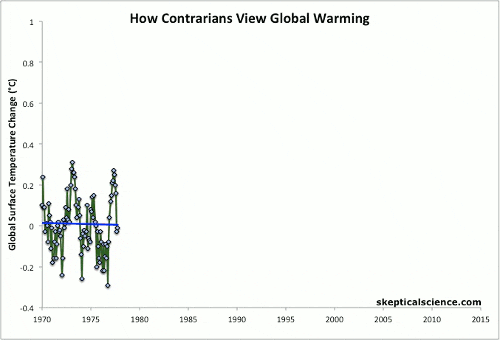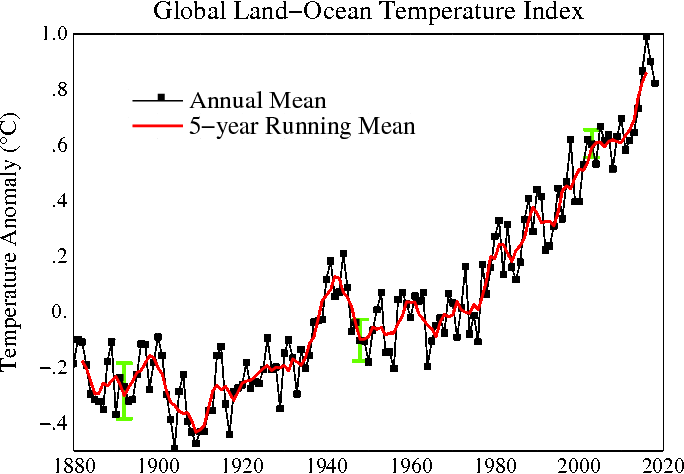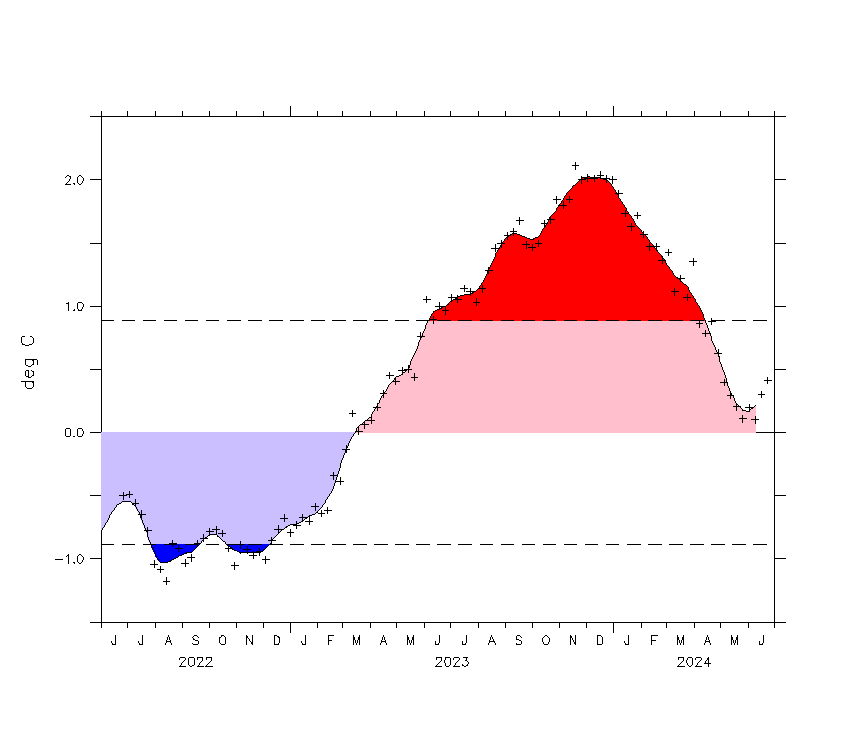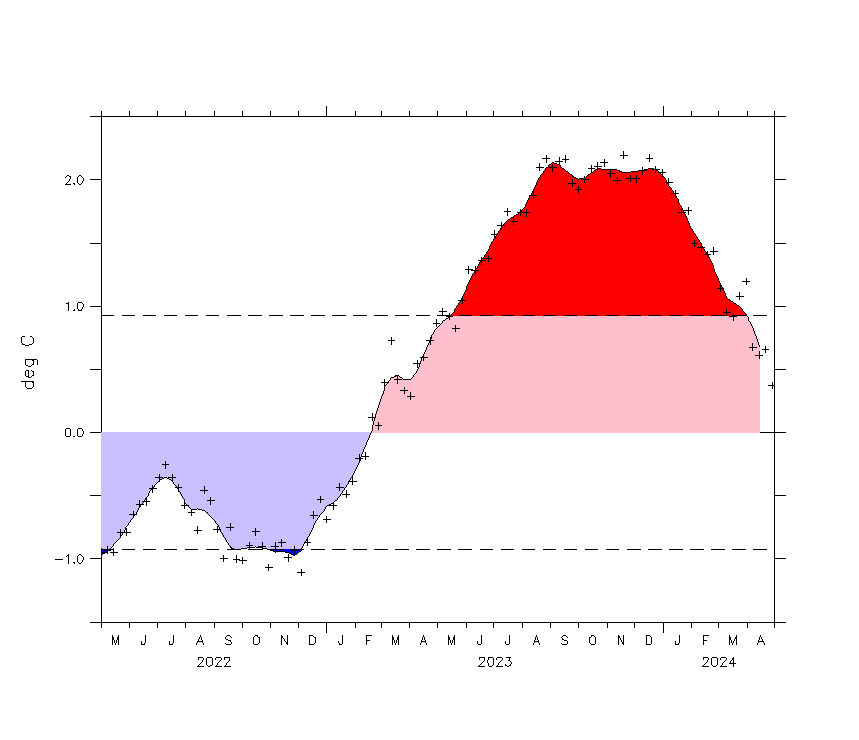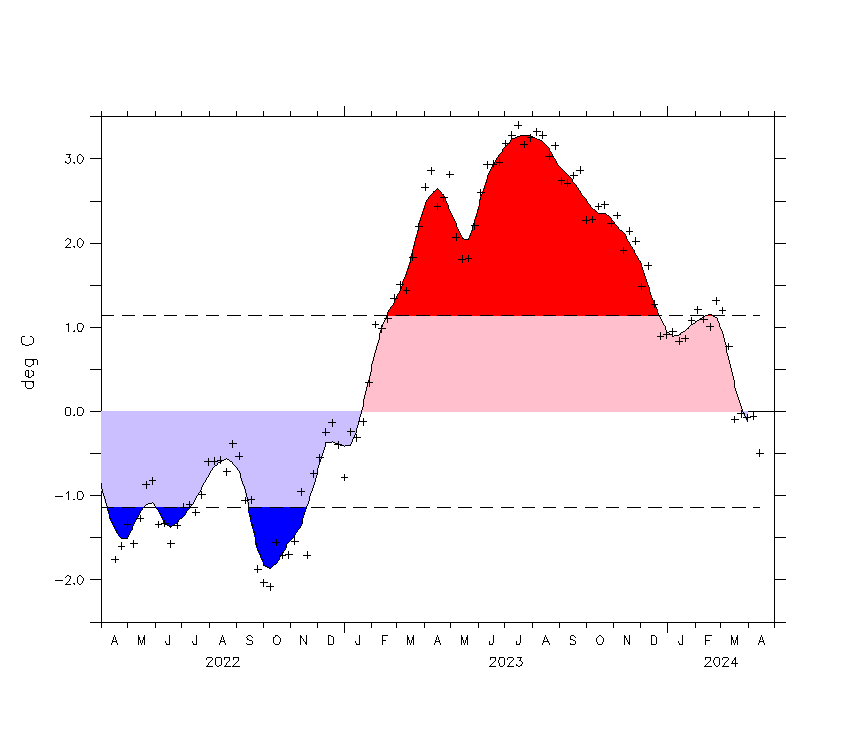CO2 is a constant warming pressure related to the amount of the gas in our atmosphere. the amount and increase of CO2 is known to a high degree of accuracy, at least on a yearly average basis. there are no sudden gusts of CO2 that can cause a spike in temperatures, just a relentless warming pressure over the decades that is masked by natural factors, and perhaps augmented or diminished by varying feedbacks.
so, what will happen when the naturally occurring El Nino fades into neutrality or even dips into a La Nina?
the warmers have claimed that 2015 is the warmest year evahhhhhhh, and that the current El Nino only gave it a boost of ten percent or less. simple analysis of the trend over the last 30, 50 or 70 years would suggest that the El Nino was more likely to be over 90% responsible for the warming in 2015, against the backdrop of slow and steady CO2 warming.
who will be right? the warmers who think this was catch up for the last decade and a half of little warming? or the skeptics who believe that temps will fall as soon as the El Nino fades, and perhaps fall a lot if we go into a strong La Nina like what has happened after most of the other super El Ninos in history?
oh well, we'll see. I guess I'm just a contrarian but I did win a few bucks betting on Denver's defense. Now Peyton can retire in style with the extra 2 mil that Von put in his pocket for winning SB50. hahahaha
so, what will happen when the naturally occurring El Nino fades into neutrality or even dips into a La Nina?
the warmers have claimed that 2015 is the warmest year evahhhhhhh, and that the current El Nino only gave it a boost of ten percent or less. simple analysis of the trend over the last 30, 50 or 70 years would suggest that the El Nino was more likely to be over 90% responsible for the warming in 2015, against the backdrop of slow and steady CO2 warming.
who will be right? the warmers who think this was catch up for the last decade and a half of little warming? or the skeptics who believe that temps will fall as soon as the El Nino fades, and perhaps fall a lot if we go into a strong La Nina like what has happened after most of the other super El Ninos in history?
oh well, we'll see. I guess I'm just a contrarian but I did win a few bucks betting on Denver's defense. Now Peyton can retire in style with the extra 2 mil that Von put in his pocket for winning SB50. hahahaha

